Khan Iftekharuddin
Accelerating Cavity Fault Prediction Using Deep Learning at Jefferson Laboratory
Apr 24, 2024



Abstract:Accelerating cavities are an integral part of the Continuous Electron Beam Accelerator Facility (CEBAF) at Jefferson Laboratory. When any of the over 400 cavities in CEBAF experiences a fault, it disrupts beam delivery to experimental user halls. In this study, we propose the use of a deep learning model to predict slowly developing cavity faults. By utilizing pre-fault signals, we train a LSTM-CNN binary classifier to distinguish between radio-frequency (RF) signals during normal operation and RF signals indicative of impending faults. We optimize the model by adjusting the fault confidence threshold and implementing a multiple consecutive window criterion to identify fault events, ensuring a low false positive rate. Results obtained from analysis of a real dataset collected from the accelerating cavities simulating a deployed scenario demonstrate the model's ability to identify normal signals with 99.99% accuracy and correctly predict 80% of slowly developing faults. Notably, these achievements were achieved in the context of a highly imbalanced dataset, and fault predictions were made several hundred milliseconds before the onset of the fault. Anticipating faults enables preemptive measures to improve operational efficiency by preventing or mitigating their occurrence.
Deep Cellular Recurrent Network for Efficient Analysis of Time-Series Data with Spatial Information
Jan 12, 2021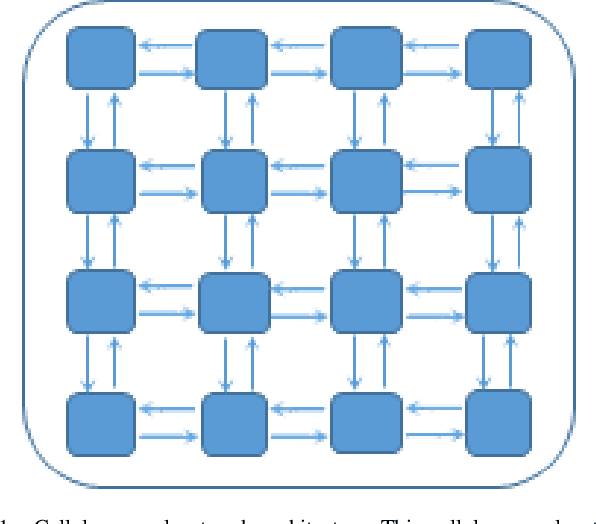
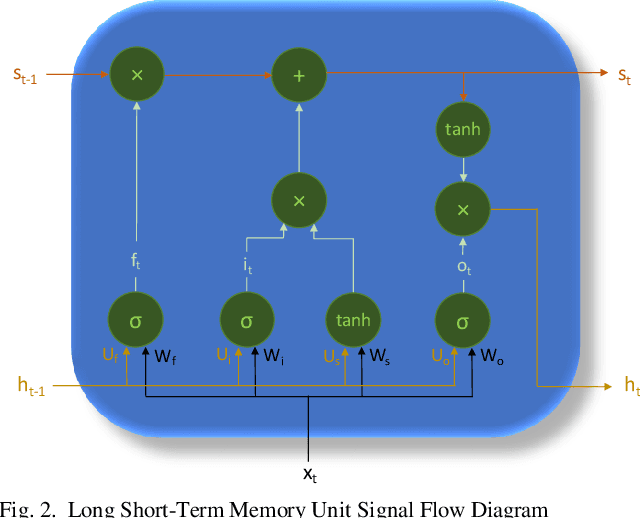
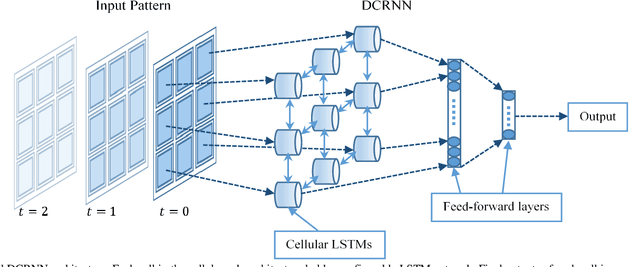
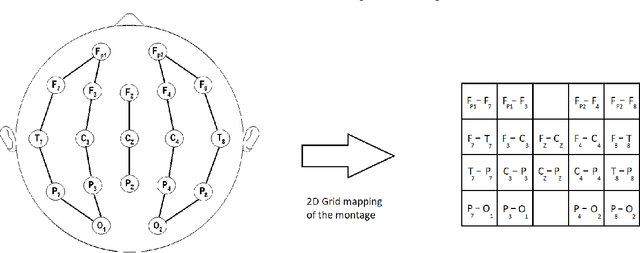
Abstract:Efficient processing of large-scale time series data is an intricate problem in machine learning. Conventional sensor signal processing pipelines with hand engineered feature extraction often involve huge computational cost with high dimensional data. Deep recurrent neural networks have shown promise in automated feature learning for improved time-series processing. However, generic deep recurrent models grow in scale and depth with increased complexity of the data. This is particularly challenging in presence of high dimensional data with temporal and spatial characteristics. Consequently, this work proposes a novel deep cellular recurrent neural network (DCRNN) architecture to efficiently process complex multi-dimensional time series data with spatial information. The cellular recurrent architecture in the proposed model allows for location-aware synchronous processing of time series data from spatially distributed sensor signal sources. Extensive trainable parameter sharing due to cellularity in the proposed architecture ensures efficiency in the use of recurrent processing units with high-dimensional inputs. This study also investigates the versatility of the proposed DCRNN model for classification of multi-class time series data from different application domains. Consequently, the proposed DCRNN architecture is evaluated using two time-series datasets: a multichannel scalp EEG dataset for seizure detection, and a machine fault detection dataset obtained in-house. The results suggest that the proposed architecture achieves state-of-the-art performance while utilizing substantially less trainable parameters when compared to comparable methods in the literature.
Superconducting radio-frequency cavity fault classification using machine learning at Jefferson Laboratory
Jun 11, 2020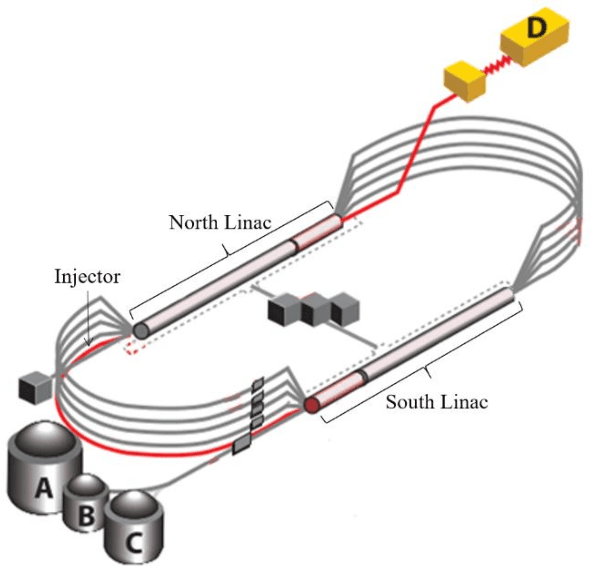

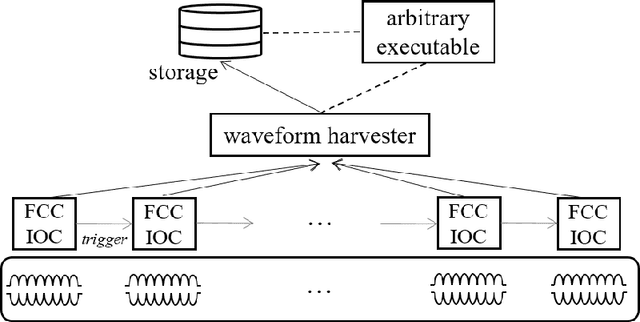

Abstract:We report on the development of machine learning models for classifying C100 superconducting radio-frequency (SRF) cavity faults in the Continuous Electron Beam Accelerator Facility (CEBAF) at Jefferson Lab. CEBAF is a continuous-wave recirculating linac utilizing 418 SRF cavities to accelerate electrons up to 12 GeV through 5-passes. Of these, 96 cavities (12 cryomodules) are designed with a digital low-level RF system configured such that a cavity fault triggers waveform recordings of 17 RF signals for each of the 8 cavities in the cryomodule. Subject matter experts (SME) are able to analyze the collected time-series data and identify which of the eight cavities faulted first and classify the type of fault. This information is used to find trends and strategically deploy mitigations to problematic cryomodules. However manually labeling the data is laborious and time-consuming. By leveraging machine learning, near real-time (rather than post-mortem) identification of the offending cavity and classification of the fault type has been implemented. We discuss performance of the ML models during a recent physics run. Results show the cavity identification and fault classification models have accuracies of 84.9% and 78.2%, respectively.
 Add to Chrome
Add to Chrome Add to Firefox
Add to Firefox Add to Edge
Add to Edge